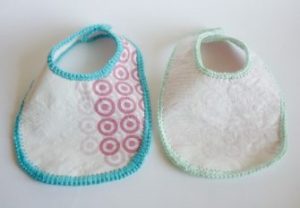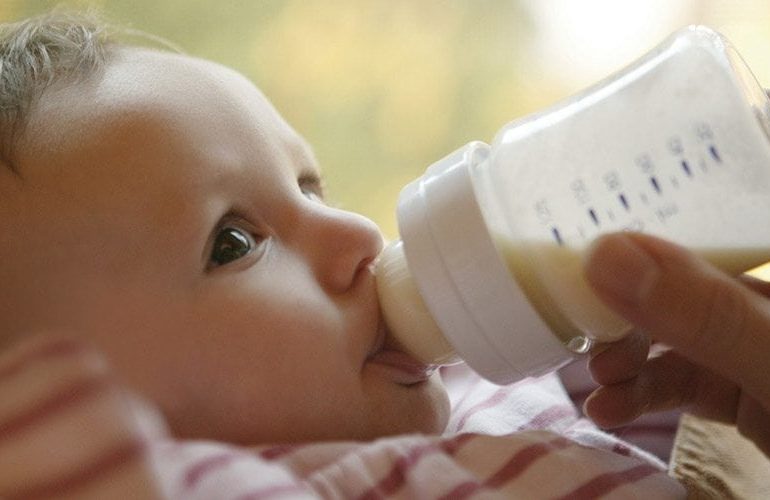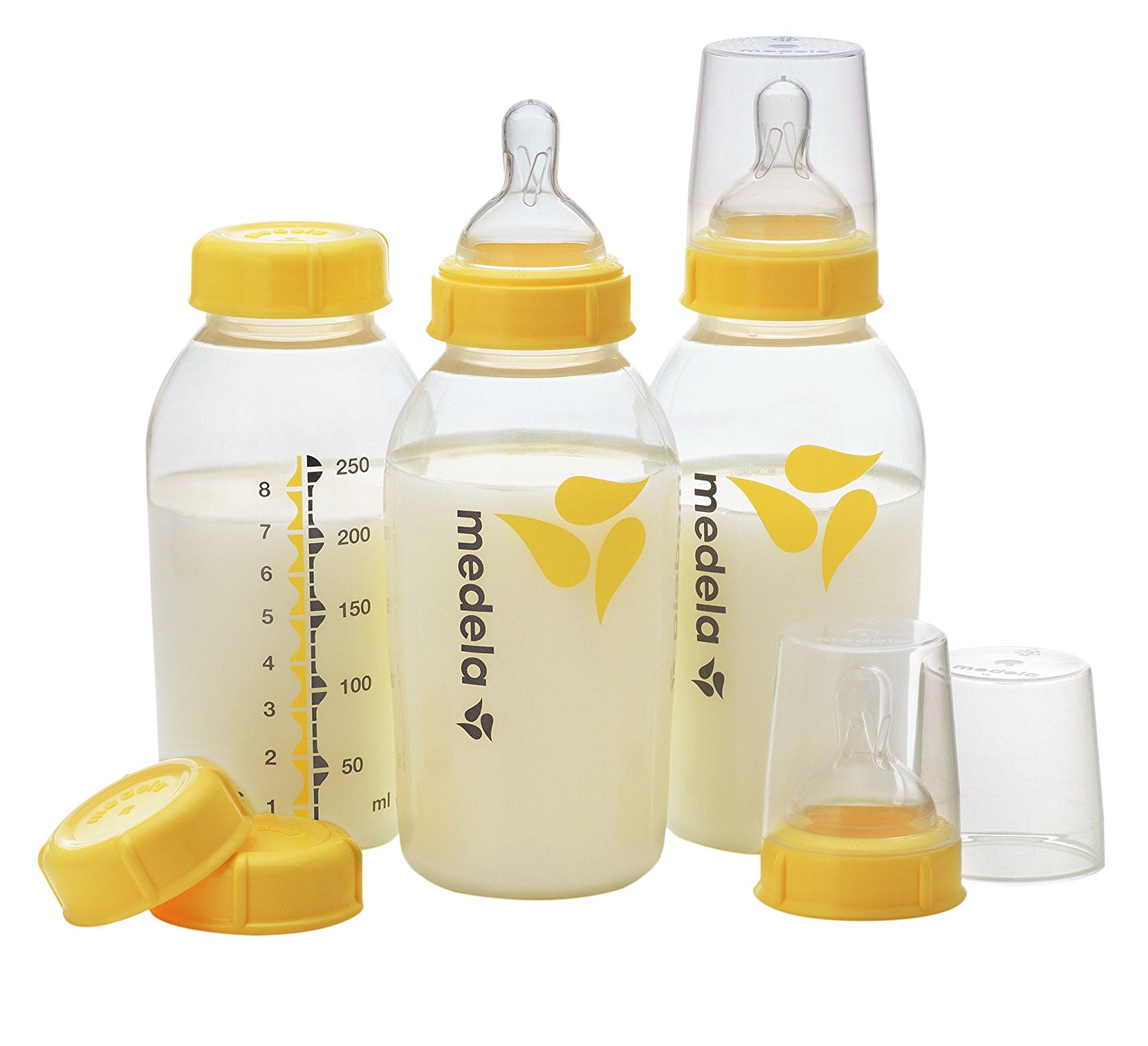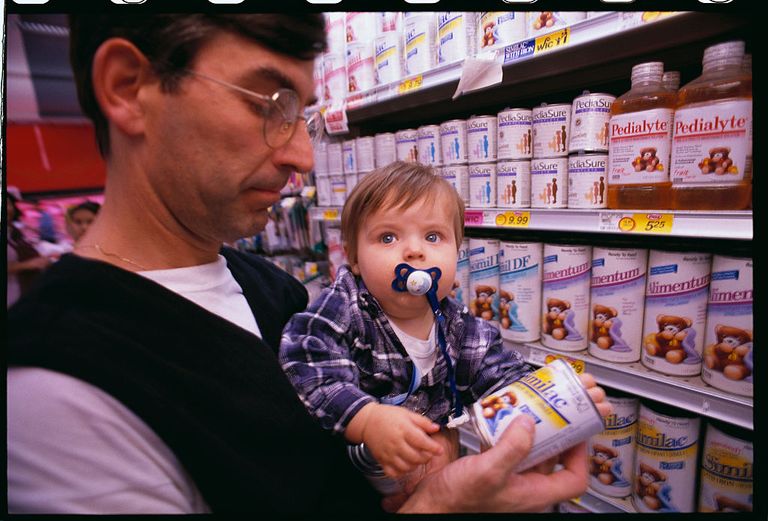How To Switch To Baby Formula Without Letting Your Child Know About It
Do you want to know how to help your baby shift to milk formula without letting your child notice?
Switching to baby formula can be difficult simply because your child might be too accustomed to having breast milk and he or she might not like the bottle or the taste of infant formula. Nevertheless, it is important simply because it will allow mothers to return to work and to focus on other responsibilities.
Although taking care of the baby is still our top priority, you should know that our child will need more than just milk as he or she grows.
Babies also need to be taught how to shift to formula milk for many different reasons. This may be because of something as simple as the mother needing to get more sleep, or as complicated as the mother no longer having enough breast milk.
If the baby is not able to shift smoothly from breast milk to infant formula, the baby can completely reject the bottle. This can make the baby hungry and fussy. If the baby does try formula milk for the first time, your child might suffer from indigestion simply because his or her stomach is still adjusting.
Quick Navigation
Prepare The Following
- New Milk Bottles – You need to buy new milk bottles for your baby. This is where you will make the formula for your baby to try. You can use different kinds of bottles so you will know which ones will work best.
- If you do not have milk bottles as of the moment, you can use a clean, sterile medicine dropper temporarily.
 |
 |
- Different Milk Bottle Nipples – You can buy different nipples for the milk bottles that you bought. This will allow your baby to find ones that will feel natural.
- A Bib – To help minimize messes and cleanups.
- You can use a washcloth or a table napkin if you do not have a bib ready.
Infant Milk Formula – Purchase a milk formula that is recommended by your baby’s pediatrician.
- If you do not have any, there are those that suggest using pasteurized fresh milk.
Need to know how to switch to baby formula without the drama? Here’s what you need to do:
Step 1: Starting Early By Buying An Infant Formula
Consult with your baby’s pediatrician so you will know exactly what formula to buy. Instead of making large amounts, try to mix small batches for your baby to taste. You can also try pasteurized fresh milk. If you do not have a milk bottle yet, you can use the medicine dropper.
Keep in mind that the main impact and focus on this step is the taste. If your baby will still not consume the infant formula, or if your child can now consume small amounts of it, you can move on to the next step. Use the milk formula, the bib, and the milk bottle or medicine dropper for this step.
Pro Tip
Babies that are accustomed to breast milk will prefer warm milk. You can use warm water to make the infant formula but you need to make sure that it is not too hot. You can also mix breast milk and formula milk for your baby to try.
Increase the proportion of the infant formula and decrease the amount of breast milk in the mixture as the baby gets used to it.
Step 2: Buy Quality Milk Bottles
If you foresee the need to use baby formula, then you should let your baby try it at least one month in advance. This will allow your child to adjust slowly and it will also allow mothers to have enough patience especially if their baby does not respond well the first time.
Buy a quality milk bottle and let your baby play with it. Make small amounts of baby formula and let your baby taste the milk until he or she gets used to it. Let your baby find the most comfortable position by letting your baby lie in your arms, or by letting your baby sit down on your lap when feeding. The main focus of this step is to give your baby as much comfort during feeding as well as to help your baby avoid tummy aches and gas problems. If your baby does not like the milk bottle, maybe the next step will do the trick. Use the new milk bottles and bib for this step.
Pro Tip
Pro tip: To help your baby transition properly, purchase anti-colic milk bottles like the Dr. Brown’s BPA Free Polypropylene Natural Flow Wide Neck Bottle which can provide positive pressure flow for vacuum free feeding that is similar to breastfeeding.
Aim for quality more than quantity. While buying milk bottles, be sure to buy its cleaning accessories as well.
Step 3: Try To Find The Appropriate Milk Bottle Nipple
Different milk bottle nipples are available depending what the brand of your milk bottle is. You need to make sure that the nipple has the right flow rate so your baby will able to feed properly. Nipples with flow rates that are too slow can frustrate the baby, while ones that are too fast can be dangerous.
Buy a nipple that is appropriate for your baby’s age. Keep in mind that the main focus for this step is how fast or how slow the milk is able to pour out of the bottle. Use different nipples and the bib for this step.
Pro Tip
So your baby will feel more comfortable feeding with the milk bottle, look for nipples that have a fuller, more natural shape. If your baby loves using a pacifier, you can pick a milk bottle with a nipple that matches the pacifier’s shape.
My Recommendation
Step 1 is the most important step, and it should be what the parents should focus on. This is because there are a lot of milk bottles and nipples that can mimic the natural shape and flow of the breast. However, your child might be picky when it comes to the taste of the milk that he or she is being given.
This means that the very first step will require the most amount of time and patience from the parents. You will have to buy infant formulas ahead of time, and you should also buy small quantities of different brands. This will allow your baby to have various options and this can help you avoid spending too much.
I recommend that parents should allow their baby to transition from breast milk to formula milk in a span of 3-4 weeks. This will allow the baby to get used to the taste, and to the bottle. It will also help the baby’s digestive system adjust, and it will help moms avoid having complications from engorged breasts.
Conclusion
Were you able to gain new insights with the help of the tutorial?
When it comes to switching to baby formula, what is important is that you allow your baby to shift naturally with as much patience and time as you can give. Use trial and error methods and make sure that you learn from your mistakes.
If your baby is too accustomed to feeding on mommy’s breasts, you can let dad feed the baby using a milk bottle. Using the milk bottle does not mean losing your bond with the baby. Keep holding your baby, keep singing to your child, and keep looking into your baby’s eyes while your child feeds.
Focus more on the taste of the infant formula and try to let your child get accustomed to it by giving our child a few drops of it, and by mixing small amounts of it to your own breast milk.




 Infant Milk Formula – Purchase a milk formula that is recommended by your baby’s pediatrician.
Infant Milk Formula – Purchase a milk formula that is recommended by your baby’s pediatrician.